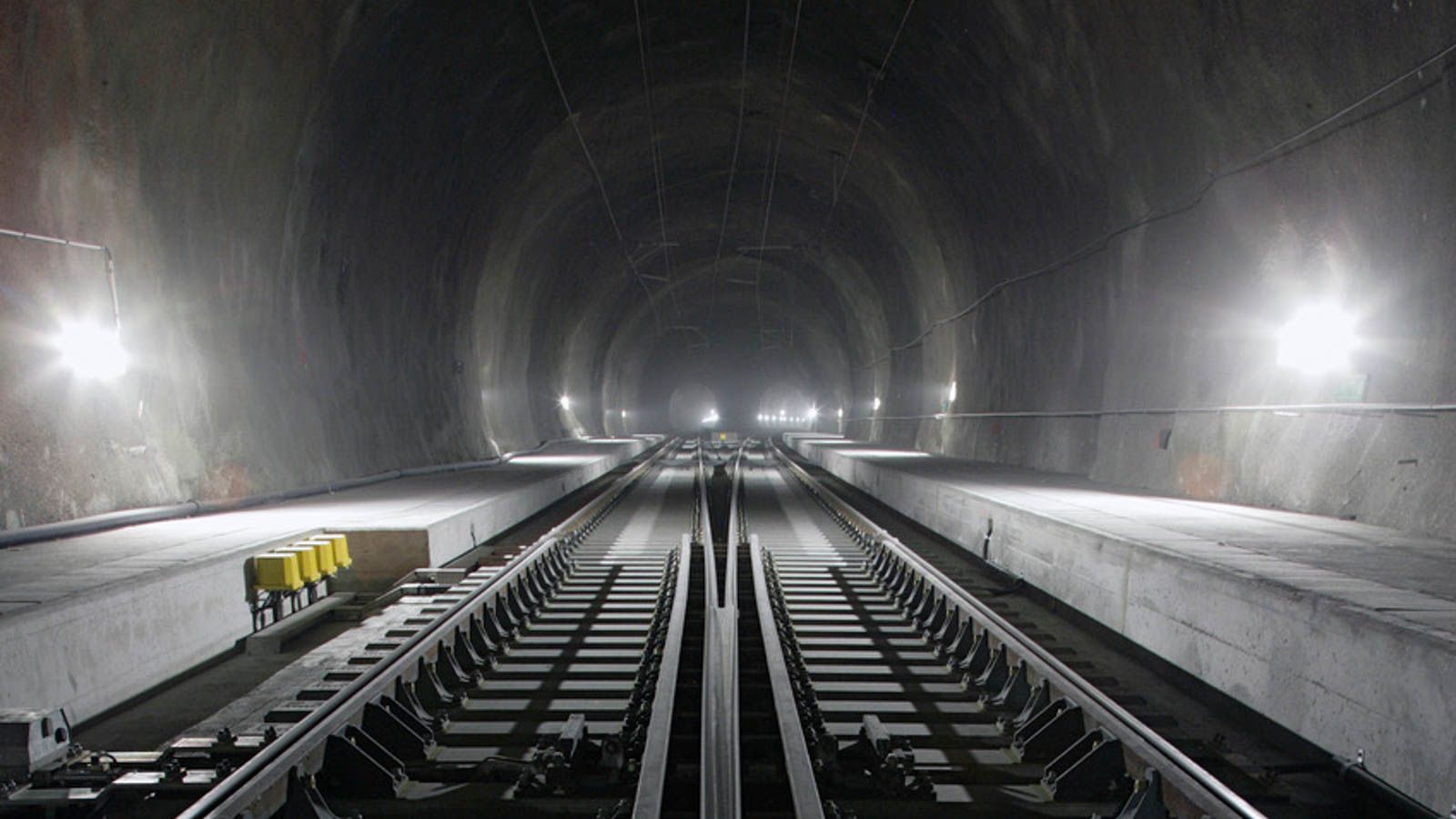The Stuttgart 21 project registers progress, a colossal endeavor aimed at the complete reorganization of the Stuttgart rail node, reached a significant milestone on September 14, 2023, as the final tunnel breakthrough of the Stuttgart airport tunnel marked the completion of an extraordinary tunneling feat. Deutsche Bahn (DB), in collaboration with federal, state, and local authorities, as well as industry partners, celebrated the successful excavation of approximately 56 kilometers of tunnel, a testament to engineering excellence and determination.
The Stuttgart 21 project involved the construction of eight tunnels, most consisting of two tubes, which are integral to enhancing the city’s railway infrastructure. These tunnels include the Bad Cannstatt Tunnel, Feuerbach Tunnel, Airport Tunnel, Filder Tunnel, Obertürkheim Tunnel, S-Bahn tunnel between Mittnachtstraße station and Hauptbahnhof S-Bahn station, Rosenstein S-Bahn Tunnel, and the Untertürkheimer Kurve Tunnel. Notably, over 60 kilometers of railway track have already been laid in several of these tunnels.
The endeavor commenced symbolically on December 4, 2013, with the groundbreaking in the Obertürkheim tunnel. The tunnels were excavated using a combination of large tunnel boring machines and conventional construction methods, including excavators, blasting, and chisels. At its peak, the project saw the excavation of over one kilometer of tunnel per month, a testament to the dedication and skill of the workforce involved.
Also read: Joint Venture Awarded Contract for Ligerz Tunnel Project in Switzerland
Berthold Huber, Director of Infrastructure at Deutsche Bahn, lauded this achievement, emphasizing the project’s significance in facilitating the mobility turnaround, benefiting millions of people and freight transport. The challenges of building tunnels beneath a bustling city, a trade fair, an airport site, under the Neckar river, and close to the iconic television tower were numerous, but they have been successfully overcome.
The Stuttgart 21 project, initiated in 2009, represents a collaborative effort between various stakeholders, including the German federal government, the state of Baden-Württemberg, the city of Stuttgart, Verband Region Stuttgart (representing the Stuttgart region), Stuttgart Airport, and Deutsche Bahn. Its ambitious goals encompass the construction of four new stations, 57 kilometers of fresh railway tracks capable of speeds up to 250 kilometers per hour, 59 kilometers of tunnel tubes, 16 tunnels and culverts, and 44 bridges.
Project objectives
One of the primary objectives of Stuttgart 21 is to dramatically reduce travel times for both long-distance and regional routes, while creating a direct rail link between the airport and the long-distance railway. This shift aims to alleviate road congestion and provide travelers with more efficient transportation options. Travel times on routes like Ulm–Stuttgart airport are set to be cut from 1 hour and 35 minutes to just 30 minutes, offering greater convenience for commuters and travelers alike.
The project also involves the implementation of cutting-edge digital control-command and signaling systems, in line with a nationwide pilot initiative, promising to enhance network capacity and efficiency. Stuttgart 21 is expected to benefit over ten million long-distance passengers annually, with an additional two million passengers expected. The project will also lay the foundation for the nationwide integrated regular-interval timetable (Deutschlandtakt) in southwest Germany.
Despite challenges such as increased geopolitical risks and higher costs, the Stuttgart 21 project remains on track for commissioning in 2025. The total estimated cost now stands at 9.15 billion euros, an increase of 950 million euros from the previous estimate. These cost challenges are attributed to disruptions in global supply chains following the COVID-19 pandemic and rising raw material prices. The project has set aside an additional 640 million euros to mitigate further cost increases, particularly those related to the Ukraine conflict.
On a positive note, the project’s progress includes the planned commissioning of the Ulm-Wendlingen section of the new high-speed line in December, which will significantly reduce travel time between Stuttgart and Ulm. Stuttgart 21, with its tunnels and modernized infrastructure, not only symbolizes engineering prowess but also a transformative step towards a more efficient and interconnected railway network for Germany’s southwest region.


Looking forward to using this new wonderful Rail link in 2025